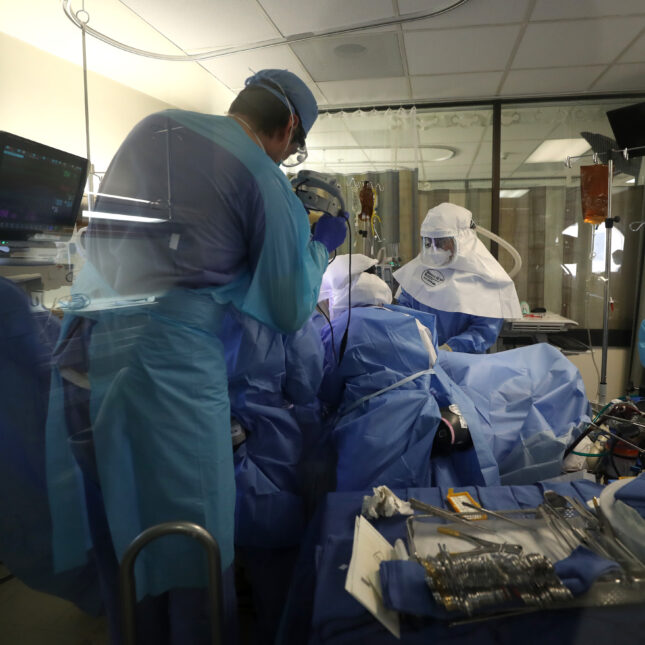
The Covid-19 pandemic underscored the importance of infectious disease doctors — but the field is still facing a shortage, with consequences for the health of communities across the U.S. Specialists spoke out about the impact of the shortage and potential solutions at a recent press briefing organized by the Infectious Diseases Society of America.
“Nearly 80% of counties in the U.S. don’t have an ID physician,” said Kinna Thakarar, an infectious disease physician at MaineHealth Maine Medical Center.
In 2023, only half of infectious disease residency training programs were filled — a continuation of a long-running trend. Applications in the programs temporarily went up in the aftermath of the pandemic, a phenomenon known as the “Fauci effect,” but soon fell again.
Input from infectious disease health care teams is necessary across all kinds of areas, from oncology to maternal health. Patients who are more vulnerable because they’re undergoing surgeries or on immunosuppressive medication need access to infectious disease care. More broadly, “as a population we are all getting older, and the proportion of immunocompromised people is going up,” said Paul Pottinger, an ID physician and director of the ID Fellowship Training Program at the University of Washington.
Climate change also means that as animals, including mosquitoes, ticks, and fleas, move to new areas, the risk of new and reemerging infectious diseases is increasing.
As with many other other public health issues, the shortage is particularly impactful for people who live far from urban centers and for those struggling with problems like addiction. “In rural areas, patients may be driving hours to access care or may not have access at all,” said Thakarar. When it comes to infectious diseases, early intervention is crucial to prevent adverse outcomes. Thakarar, who provides infectious disease care to unhoused people in Maine, noted that infections related to substance use are also on the rise.
A major hurdle to growing the number of infectious disease physicians is that the field is one of the lowest-compensated medical specialties. “People are graduating from medical school with debt,” said Amanda Jezek, senior vice president of public policy and government relations at the Infectious Diseases Society of America.
In hopes of addressing the issue, the infectious disease community is now asking Congress to fund the already-authorized Bio-Preparedness Workforce Pilot Program, which, according to Jezek, would “provide a loan repayment incentive in exchange for up to three years of service as ID professionals in areas of health professional shortage [such as in] medically underserved communities or in federally funded clinics.”
Previous programs aimed at increasing the workforce using financial incentives to recruit more physicians to underserved specialties, such as primary care and rural care, have been a point of contention. While medical students typically graduate with high amounts of debt, structural considerations beyond financial incentives, such as levels of physician burnout and long hours, can also impact students’ residency choices.
Physician shortages span across all specialties: A recent Association of American Medical Colleges report projected that by 2036, the U.S. will have a deficit of 86,000 physicians. The speakers at the press briefing noted that the infectious disease care shortage itself goes beyond insufficient numbers of physicians — there’s also a dearth of infectious disease specialized nurses, clinical microbiologists, pharmacists, and lab technicians.
“There just aren’t enough of us to do the work and for that reason our patients and communities are suffering,” said Pottinger.
To submit a correction request, please visit our Contact Us page.









STAT encourages you to share your voice. We welcome your commentary, criticism, and expertise on our subscriber-only platform, STAT+ Connect